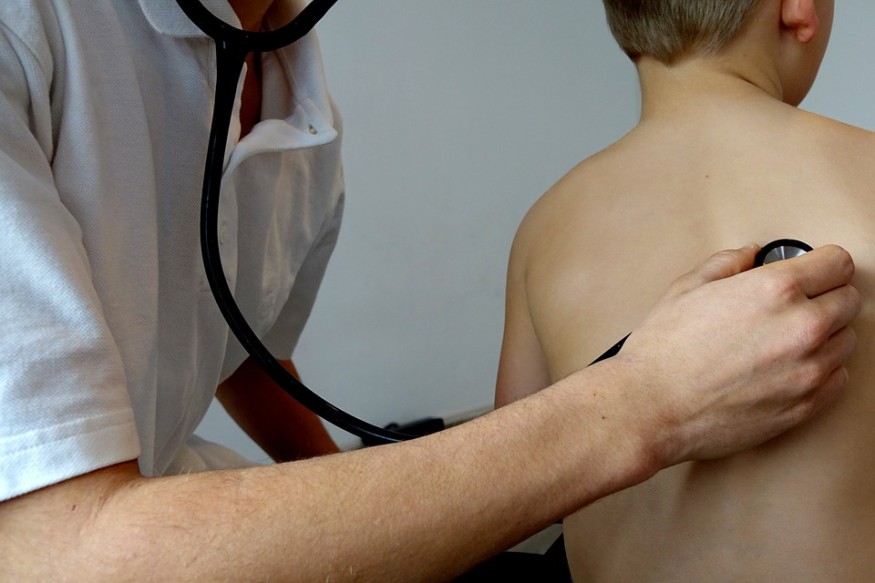
COVID-19 is so-called because of the coronavirus disease outbreak that started in 2019 and first appeared in Wuhan, China. When it started, it was an unknown disease of the lungs that involves pneumonia. The virus is a "severe acute respiratory syndrome coronavirus 2," otherwise called Sars-CoV-2. COVID-19, the term used for the sickness caused by this virus.
It is now a pandemic as declared by the WHO, or World Health Organization, thus worrying millions of people, including those in the United States. WHO states that around 80% of the infected people do recover from the infection without having to undergo treatment. Roughly only one person out of every six individuals develops severe disease.
Almost every case of severe disease caused by Sars-CoV-2 feature symptoms consistent with pneumonia. Respiratory physician, professor, and Royal Australasian College of Physicians president-elect John Wilson says that the COVID-19 can be profiled into four general categories.
According to Wilson, the first group include those who do not exhibit symptoms. The second group get infected in their upper respiratory tracts and have cough, fever, and sometimes conjunctivitis and headaches. Individuals with minor symptoms can unknowingly transmit Sars-CoV-2.
The third group is the largest, consisting of individuals positive for the disease and get flu-like symptoms. Individuals of the fourth group develop pneumonia and severe illness. Six percent of Wuhan cases had severe illness.
Wilson further states the fever and cough result from infection of the air passages. The respiratory tract's lining is injured, developing inflammation and irritating the nerves in the airway lining. As the infection worsens, the virus gets into the area where the air passages end and where gas exchange occurs.
The coronavirus causes inflammatory material to pour out to the air sacs. Inflamed air sacs pour out inflammatory cells and fluid to the lungs, causing pneumonia. This prevents oxygen from getting to the blood, cells, and tissues. Expulsion of harmful carbon dioxide is also prevented. According to Wilson, it is severe pneumonia that causes death.
Lung Foundation Australia chairperson and respiratory physician Christine Jenkins says that nothing can stop Covid-19 from infecting people. There is currently no established cure aside from palliative treatment. For people with severe illness, treatment involves ventilation and high oxygen maintenance to support the patient's lungs until they recover.
Wilson adds that people with viral pneumonia also likely develop secondary bacterial infections; hence, the need to give both antibiotics and anti-viral drugs. He says that COVID-19 pneumonia patients just do not recover, and they die.
Jenkins says that most pneumonia cases are due to bacterial infections. In contrast, Wilson says that the COVID-19 pneumonia is particularly severe because it tends to affect the entire lungs. If the infection involves the lung's air sacs, the response of the body is to destroy the pathogen and restrict its replication.
Unfortunately, this mechanism is impaired in people with conditions like cancer, diabetes, chronic lung disease, kidney and heart disease, liver disease, as well as in indigenous people, smokers, babies 12 months old and below, and people above 65. They are susceptible to pneumonia. Jenkins adds that the risk for pneumonia is higher with age because the immune system weakens along with aging.
Efforts to contain the spread of the virus include calls for cancellation of events and the closing of schools as well as travel bans between borders.
© 2025 NatureWorldNews.com All rights reserved. Do not reproduce without permission.





